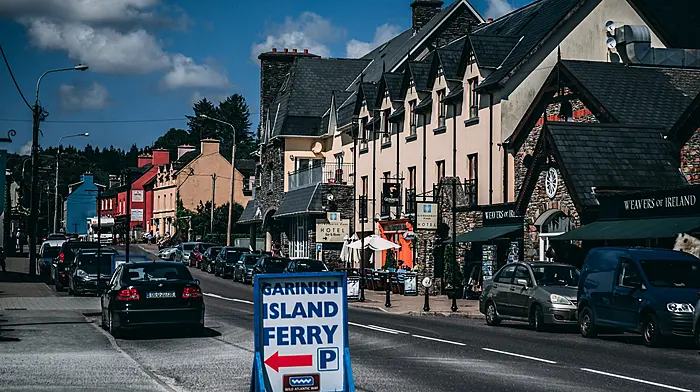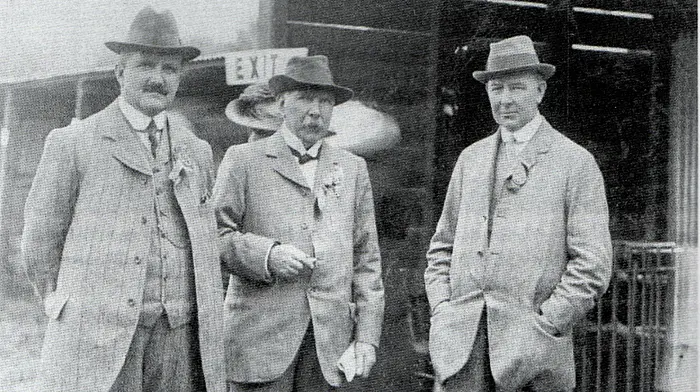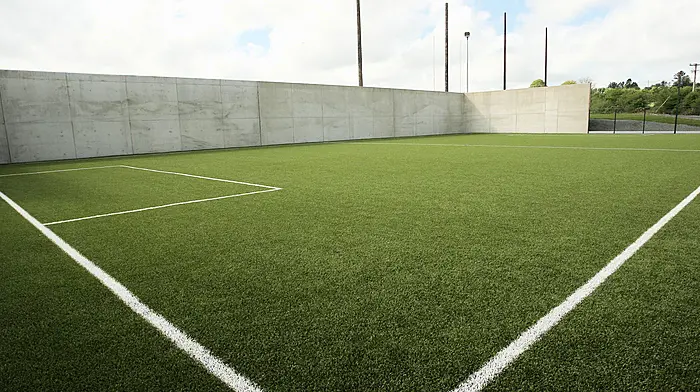The size, scale and proximity of planned windfarms concerns some communities
‘OUR biggest surprise was the fact that nobody seemed to realise what was happening,’ said Niall Ó Faoláin of the Co Waterford-based Blue Horizon, a group of locals campaigning against the proximity of offshore windfarms to the mainland.
The group, based in the Helvick area south of Dungarvan, was shocked to find a fixed platform offshore windfarm was being planned by energy firm Energia, just 5km from the shore.






